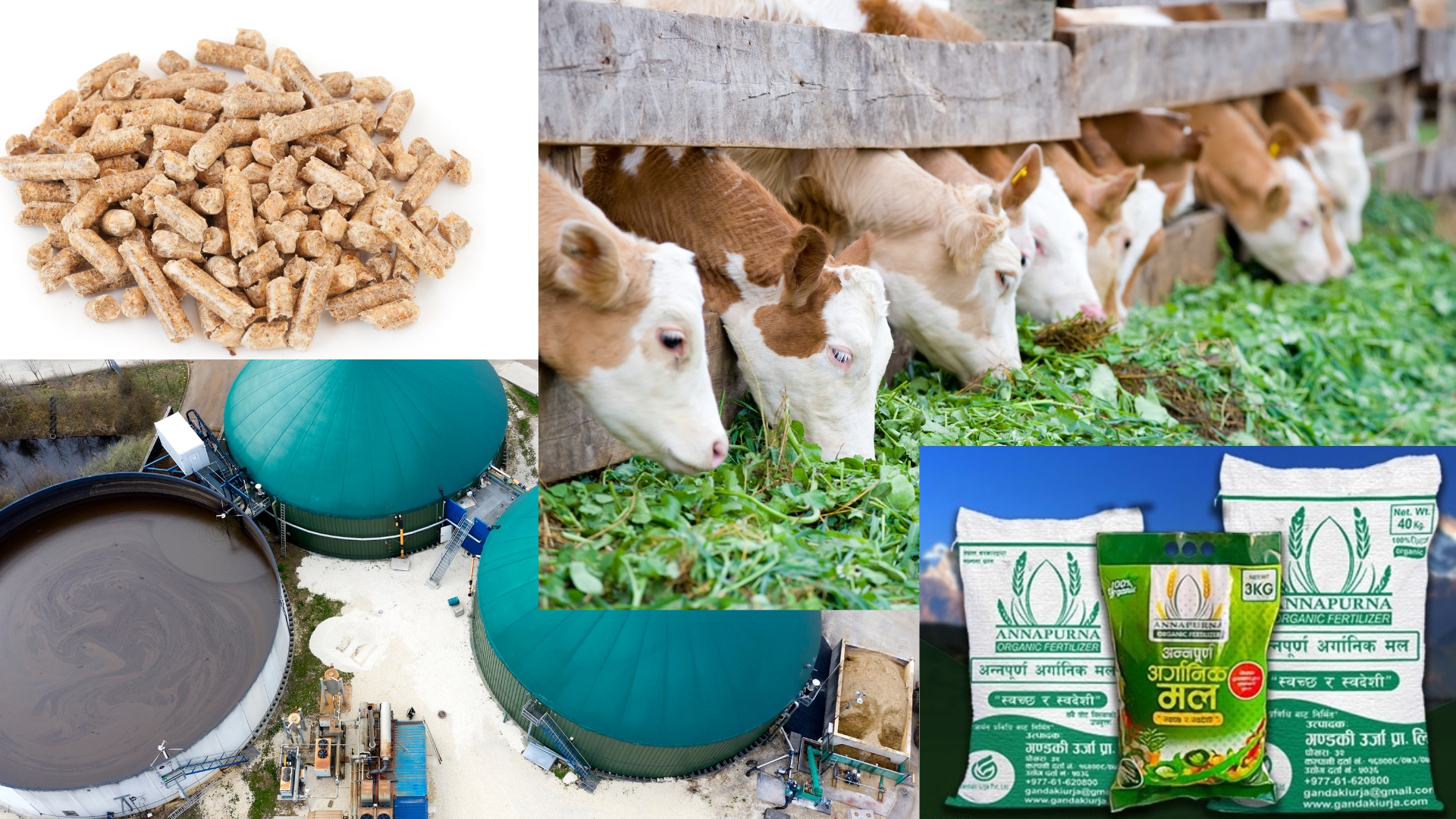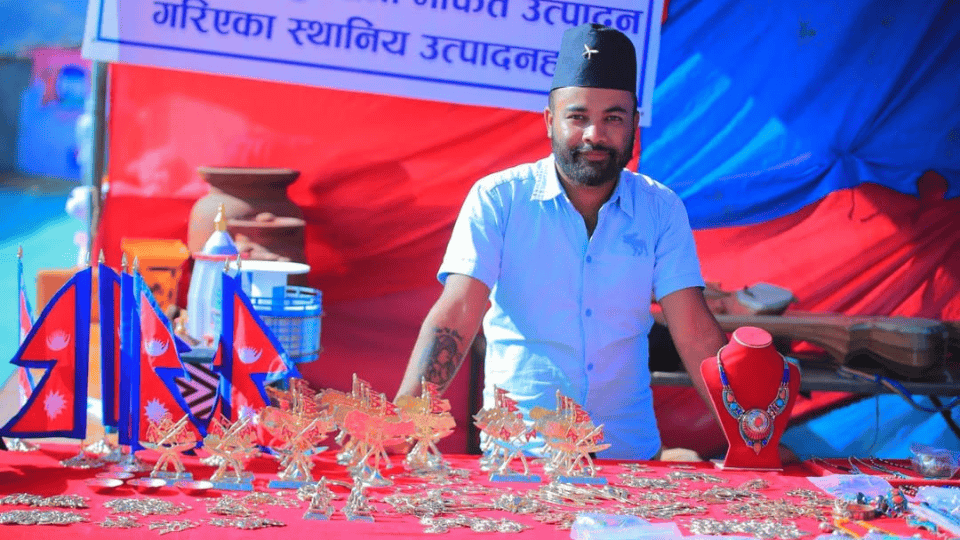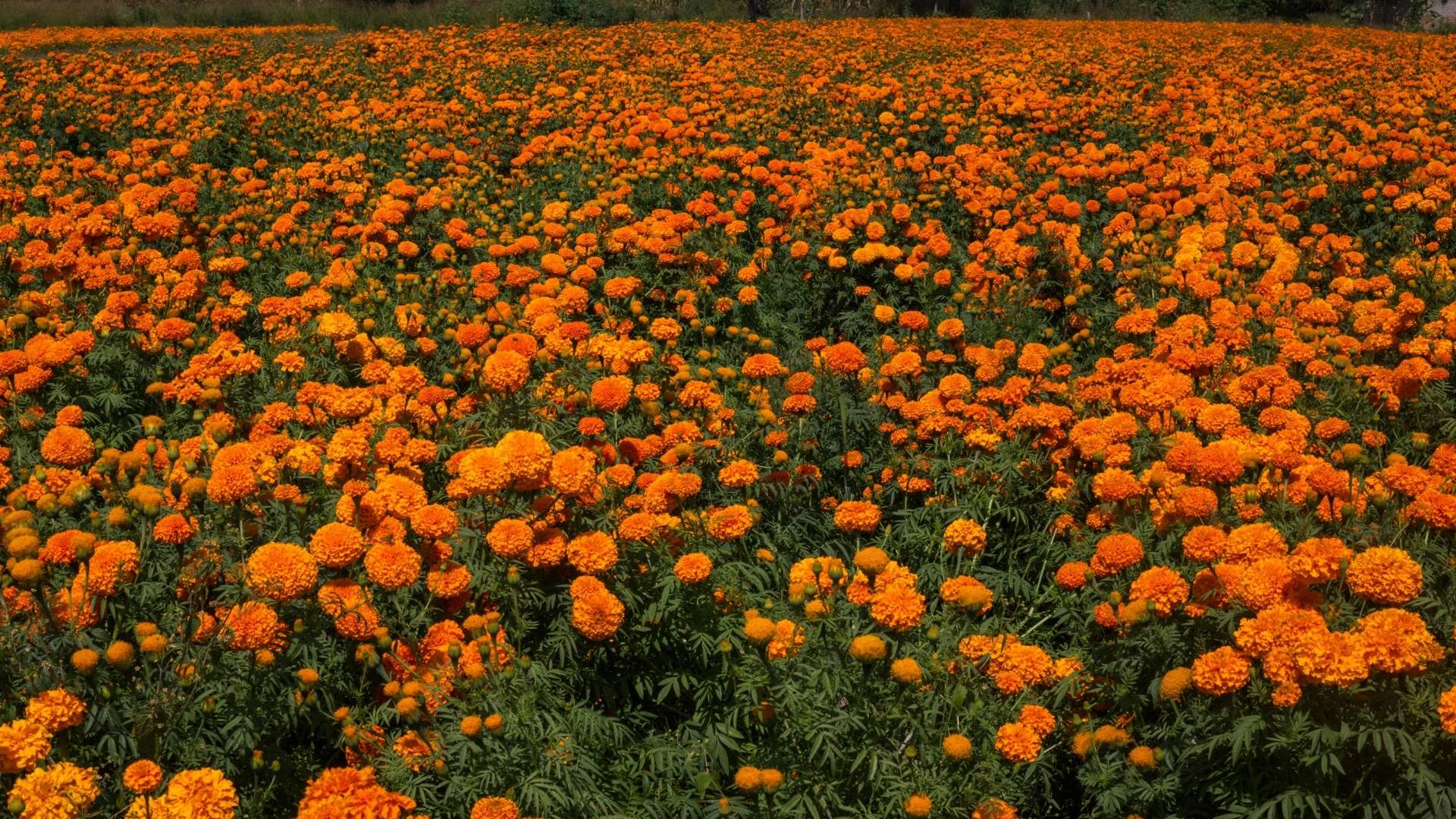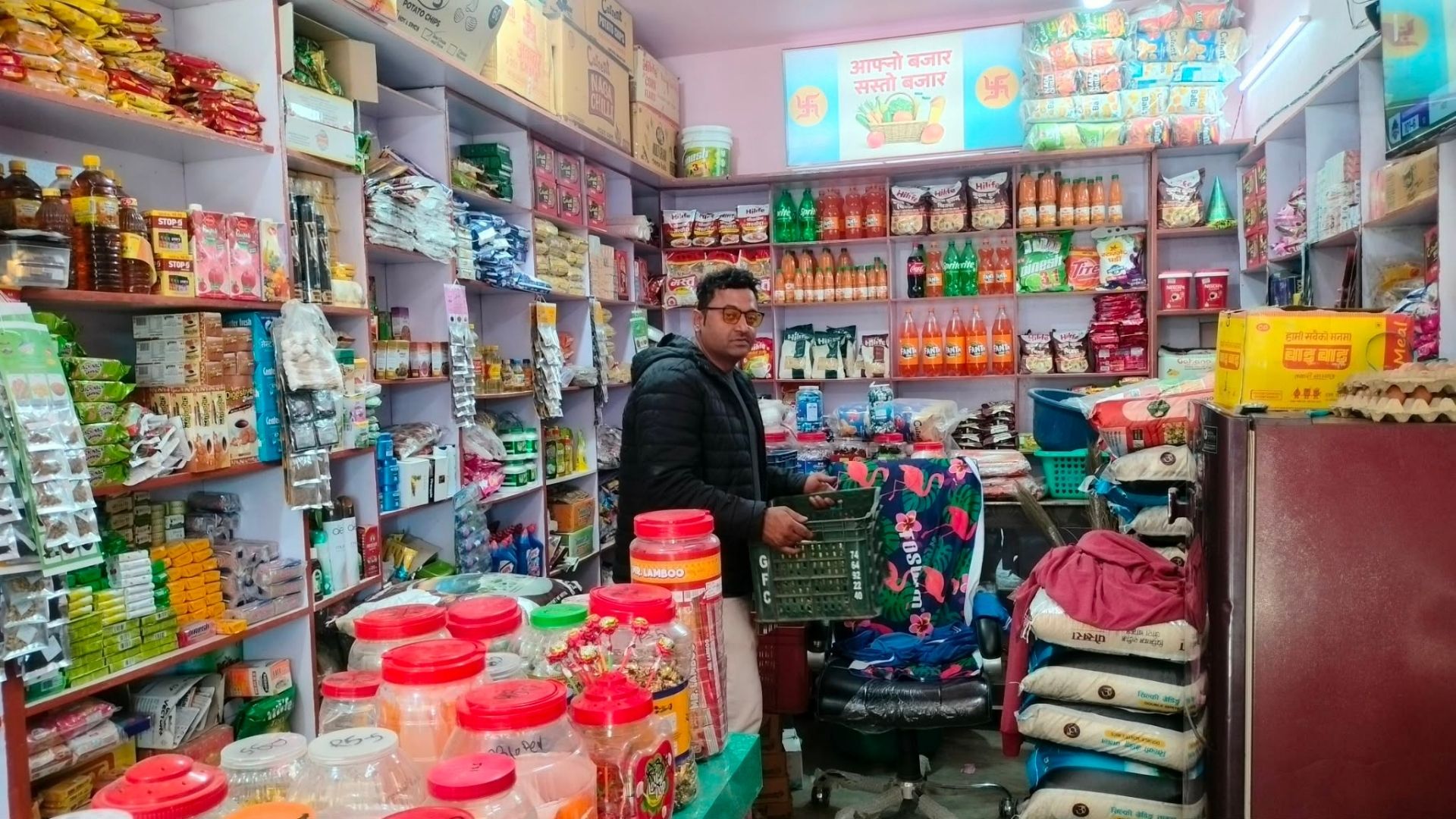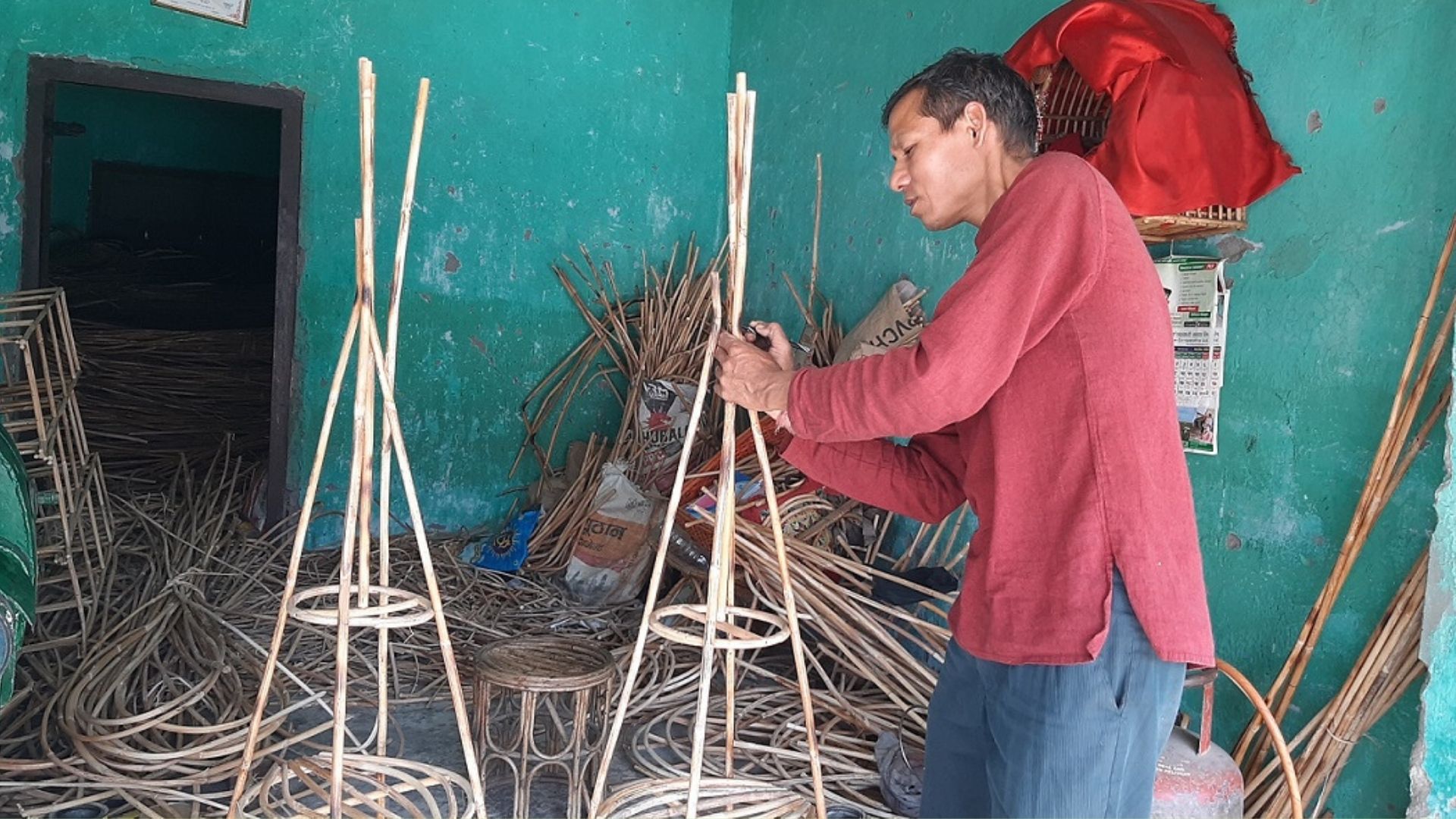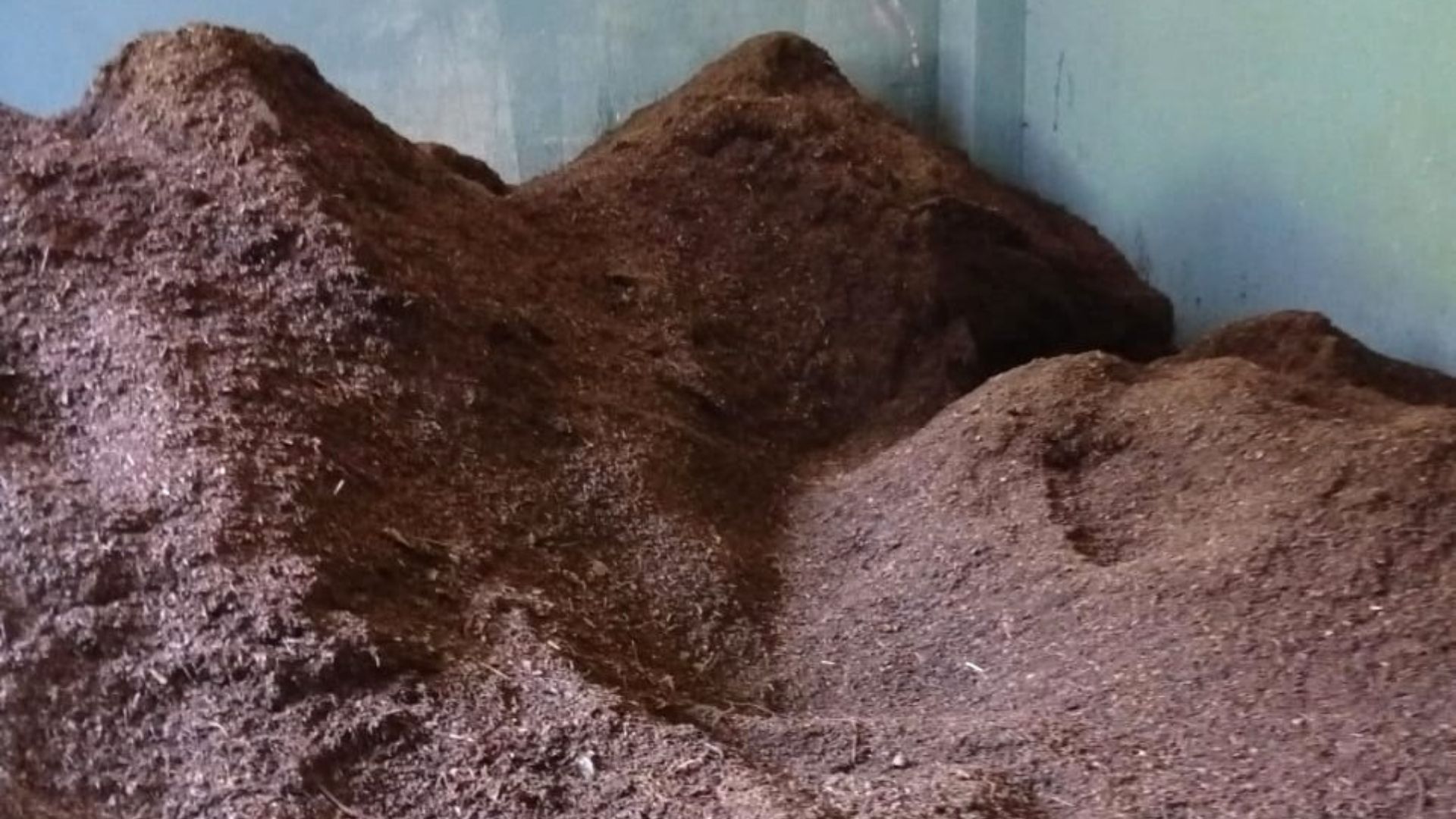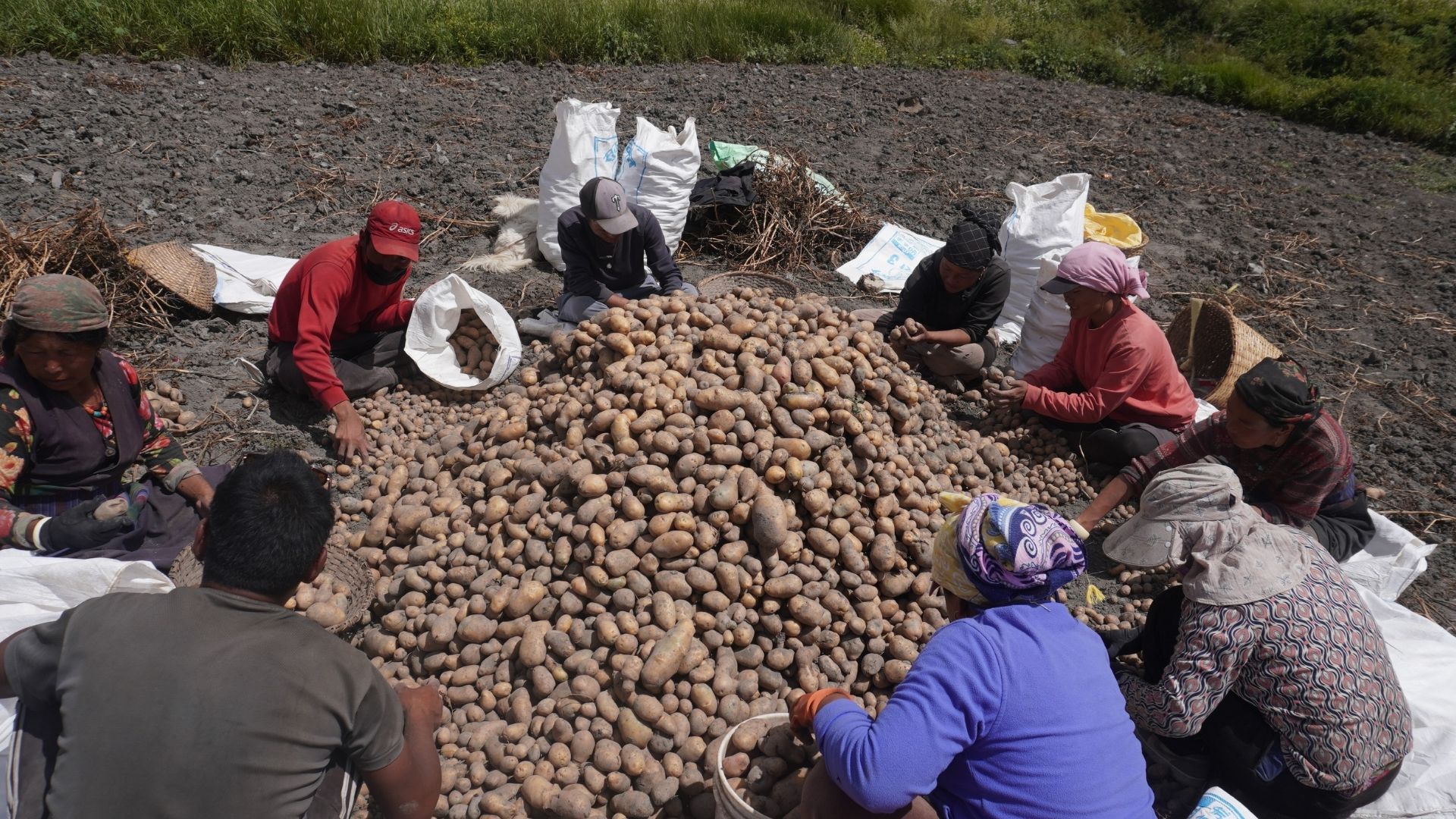The Waste Management Baseline Survey 2020 by the National Statistics Office (NSO) estimates annual generation of around six million tons of waste. 54% of the waste generated is organic content. These organic wastes are untapped resources, which are also considered new forms of treasures.
| What is biomass?
The organic material that can be used as fuel from such waste is called biomass. Biomass comes from sources such as forest residues, agricultural crop residues, urban/municipal waste and livestock waste. |
Despite the plethora of waste produced, only a small fraction is repurposed for manure and recycling. The majority ends up either being dumped, burned or left unattended in the environment.
With the country’s abundant agricultural and organic waste, there is a vast potential for MSMEs to capitalize on biomass for fuel, fertilizer, animal feed, and biogas. If utilized properly, they can be a vital source of energy production, while addressing the waste disposal issues as well.
While the baseline survey does not directly explore the potential of bioproducts in Nepal, a recent study sheds light on this emerging opportunity.
The study estimates that Nepal generates a staggering 89 metric tonnes of waste biomass annually, with approximately 23.5%—or 21 metric tonnes—being viable for producing valuable products like fuel, feed, and fertilizer. This assessment encompasses a range of waste biomass sources, including agricultural crop residues, municipal waste, and livestock and human waste, highlighting a significant untapped resource for business enterprises.
Based on the availability, it is estimated that following bioproducts can be produced in Nepal in the range of the given quantity —
Table 1: Bioproduct potential in Nepal
|
Bio Products |
Units | Production Quantity (in millions) |
|---|---|---|
| Pellet/briquette and Biochar | Tonnes | 1.67 – 5 |
| Densified total mixed ration (DTMR) feed block | Tonnes |
1.7 – 5.1 |
|
Fertilizer |
Tonnes |
0.63 – 1.88 |
|
Biogas |
m3 |
129 – 387 |
Pellets and briquette (which are Densified biomass fuel), DTMR feed block and biochar can mainly be produced from agricultural residues.
While municipal waste, livestock and fowl waste could be converted to biogas and fertilizer and human waste into biogas.
This shows potential for MSMEs to engage in commercial conversion of biomass into eco-friendly products such as fuel pellets, briquettes, biogas, and organic fertilizers. These products could replace conventional fuels like coal and LPG, reducing carbon emissions and contributing to the country’s climate goals.
The research also provides a source-wise, geography-wise and province-wise distribution of waste mass composition:
Table 2: Source-wise composition of total waste biomass generation
|
Source |
Composition (In %) |
|
Agricultural crop residue |
30.2 |
| Livestock, fowl and human waste |
68.2 |
| Municipal waste |
1.7 |
Among the crops for biomass, 43.72% comes from rice, 24.10% from corn and 14.3% from wheat, says the study—59.35% of such residue originating from Terai, 24.1% from hills and 5.1% from mountains.
Most agricultural crop residues are generated in Madhesh Province (23.23%), followed by Koshi (21.49%) with least generation in Sudurpaschim (8.92%) and Karnali Province (4.97%).
Similarly, 6,963 tons of municipal solid waste is produced in Nepal every day (which is 2.54 Mt/year), out of which over 57.7% (4,016 tons/day) is organic waste, which are mostly burned or dumped openly.
51.17% of the organic waste generated in the Terai region and almost 11% (440.08 t/day) in Kathmandu district followed by 4.2% in Morang (166.99 t/day).
Table 3: Province-wise composition of total waste biomass generation
|
Province |
Composition (In %) |
|
Koshi |
21.4 |
|
Lumbini |
17.9 |
|
Madhesh |
17.9 |
|
Bagmati |
17.3 |
| Sudurpaschim |
9.5 |
| Gandaki |
9.1 |
| Karnali |
6.9 |
Chart 1: Geographical region wise waste biomass composition

You can find the study paper “Possibilities and challenges for converting waste biomass into fuel, feed, and fertilizer in Nepal” here. Authors of the research are: Sagar Kafle, Manoj Gyawali, Sushil Adhikari, Jürgen P. Kropp and Prajal Pradhan.
In its 15th Periodic Plan prepared in the fiscal year (FY) 2019/20, Nepal had aimed at making significant strides in clean energy adoption.
The plan envisioned the installation of 200,000 domestic biogas (DBG) plants, along with a strategy to replace 40,000 tonnes of Liquefied Petroleum Gas (LPG) by installing 500 large-scale biogas (LBG) plants.
This vision was further echoed in Nepal’s second Nationally Determined Contribution (NDC) in 2020, which committed to the installation of an additional 200,000 household biogas plants and 500 large-scale biogas plants by 2025.
However, by the end of fiscal year 2023/24, the country operates 449,338 domestic biogas plants and 357 large biogas plants (community + institutional), still leaving a gap in its goals.
– Sariman Shakya is Research Assistant at Farsight Impact.


